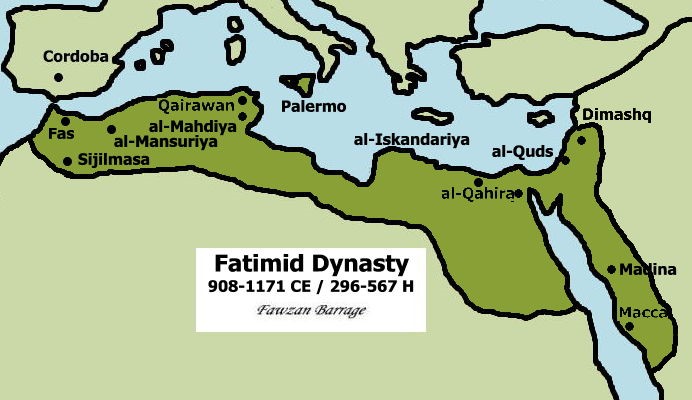Andrew McGregor
Terrorism Monitor, November 17, 2011
Dr. Ahmad Rasim al-Nafis, a 59-year-old physician and university professor, has formed a Shiite political party in overwhelmingly Sunni Egypt. Known as al-Tahrir (Victory) Party, the group is still awaiting approval from Egyptian authorities to run in the upcoming parliamentary elections. Religious-based political parties are banned under Egyptian law, but several Sunni and Salafist movements have managed to gain official endorsement for new religiously-inspired political formations. Though no official figure is available, there are believed to be between 15,000 to 20,000 Shi’a Muslims in Egypt, though some sources put the number as high as 60,000.
 Dr. Ahmad Rasim al-Nafis (al-Bawaba)
Dr. Ahmad Rasim al-Nafis (al-Bawaba)
In a recent interview, Dr. al-Nafis denied that his party was sectarian in nature, claiming to have support from certain liberals, communists, Copts and Sufis (al-Sharq al-Awsat, November 13). According to al-Nafis, “If you want to classify us, we might call [al-Tahrir] a democratic, left-leaning, Islamic party… that calls on Egyptians to unite, follow the path of resistance and cut off the hand of American and Western hegemony in the region.”
News of the party’s formation has nonetheless angered Egypt’s Salafist community, which opposes the Shi’a as “a deviant group which believes in the hidden Imam,” as well as other various theological offenses. Salafist leader Dr. Gamal al-Marakibi has claimed the Tahrir Party will be controlled by Iran and act solely in its interests (Aljewar.org, May 25). However, a number of Egypt’s Salafist groups have been accused of receiving funds from Saudi Arabia and the Gulf States, with Salafists coming under criticism after Saudi flags were raised during a massive Salafist rally in Cairo’s Tahrir Square in late July (Ilaf.com, August 3).
Iran is eager to use the Egyptian Revolution as an opening for enhanced relations between the two countries, though Iranian president Mahmoud Ahmedinejad recently warned that “Enemies are concerned about the closeness of Iran-Egypt relations since they know there would be no place for the hegemonic powers if they stand by each other” (Bikya Masr [Cairo], November 8). Al-Nafis maintains that Egypt’s relations with Muslim Iran should at least be at the level of Cairo’s relations with Israel: “We should not be accused of treason because of our striving for this.”
Al-Nafis downplays the growing political rift between Sunnis and Shiites that has evolved into a type of Cold War between Sunni Saudi Arabia and Shiite Iran: “The matter of the Shiite minority and the Sunni majority does not occupy our minds. We are Egyptian Muslims. We are proud of our Islam and our Egyptian-ness. We are proud of our position in the community, a position that does not spring from sectarian affiliation.” Nonetheless, sectarian tensions in Egypt have worsened as the result of a small but growing number of Egyptian Sunni Muslims converting to Shi’ism, partly as a result of the appeal of Lebanon’s Shi’a Hezbollah movement after its successful defense of southern Lebanon against Israeli invasion in 2006. Al-Nafis has firmly denied receiving Iranian funds to help spread Shi’ism in Egypt and claims such charges are only attempts to divide Egyptians through sectarianism.
Twelver Imami Shi’ism (al-Shi’a al- Imamiyah al-Ithna Ashariyah) was recognized as “a school of thought that is religiously correct to follow in worship” by the Shaykh of Cairo’s al-Azhar University, Mahmoud Shalut, in 1959 (al-Sha’ab [Cairo], July 7, 1959). Under pressure from senior Saudi Wahhabi scholar Sa’ad bin Hamdan al-Ghamdi over his recognition of Shi’ism as an acceptable form of Islam, Shalut’s successor at al-Azhar, Shaykh Ahmad al-Tayeb, reaffirmed the University’s position on Shi’ism in 2010. Nonetheless, Egypt’s growing Salafist movement is unlikely to take a positive view of the creation of a Shi’a-based political party in Egypt.
 Egypt was once one of the world’s most important centers for Shi’ism when the Isma’ili Shi’a Fatimid dynasty of Tunisia took power in Egypt in 909 C.E. Following the overthrow of the Fatimid Caliphate by the Sunni Ayyubids in 1171, many Egyptian Shiites fled to southern Egypt or Yemen. Most Shi’a in modern Egypt are “Twelver” Imami Shiites settled along the Red Sea coast, descendants of immigrants from Lebanon and Iran.
Egypt was once one of the world’s most important centers for Shi’ism when the Isma’ili Shi’a Fatimid dynasty of Tunisia took power in Egypt in 909 C.E. Following the overthrow of the Fatimid Caliphate by the Sunni Ayyubids in 1171, many Egyptian Shiites fled to southern Egypt or Yemen. Most Shi’a in modern Egypt are “Twelver” Imami Shiites settled along the Red Sea coast, descendants of immigrants from Lebanon and Iran.
Muhammad al-Darini, an oft-imprisoned leader in the Egyptian Shi’a community (and a convert from Sunni Islam), told U.S. Embassy officials in 2009 that Iran should not be equated with Shi’a Islam, noting that “Iran looks after its national interests first, not Shi’a interests.” In this sense, he suggested that Iran was more likely to deal with Egypt’s Muslim Brotherhood than Egypt’s Shi’a community (WikiLeaks; U.S. Embassy Cairo cable of March 31, 2009, released on August 20, 2011).
This article first appeared in the November 17, 2011 issue of the Jamestown Foundation’s Terrorism Monitor.
